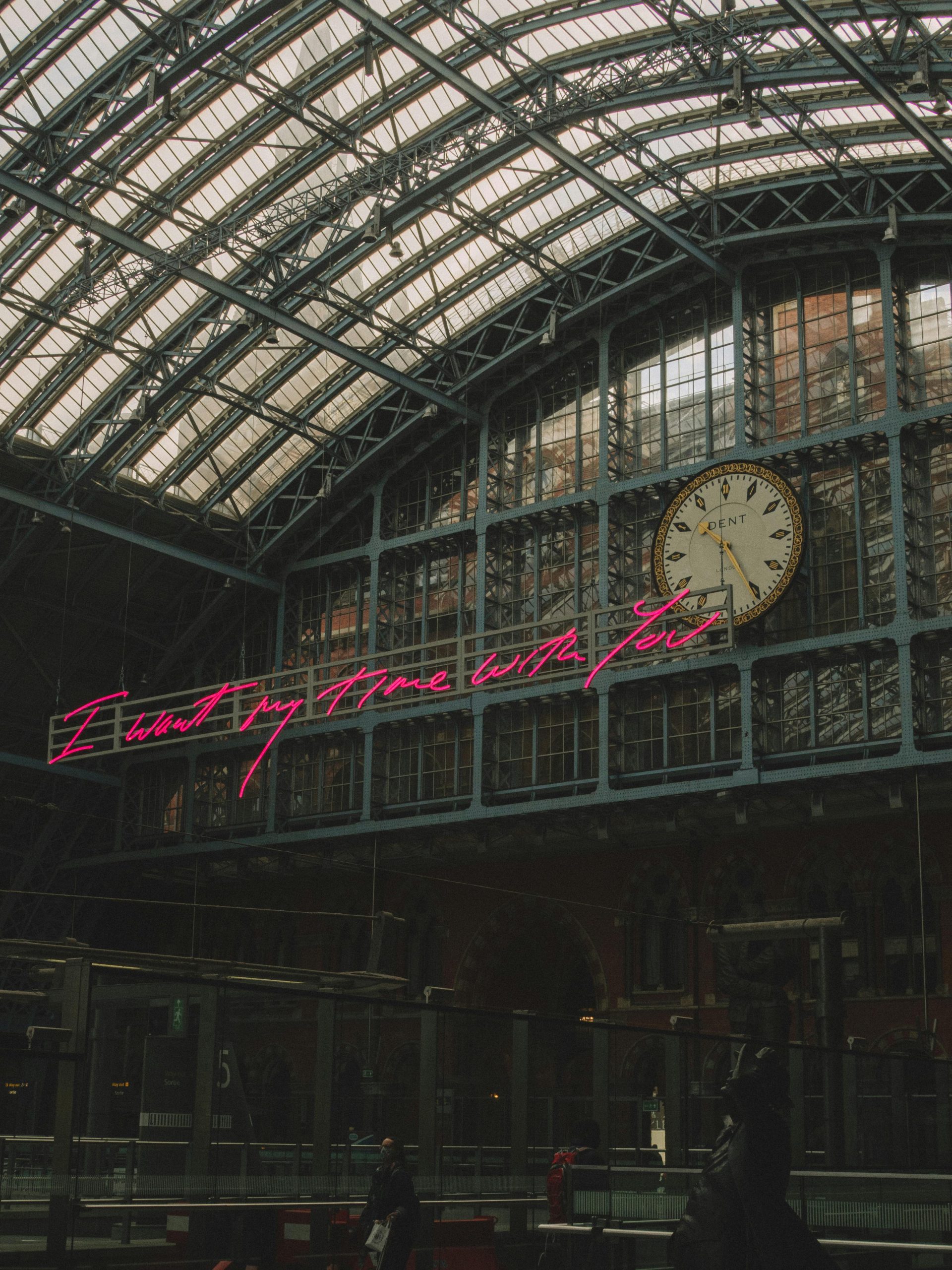Regent Street in the 1920s and Hyde Park Corner in the 1960s.
Historical Landmarks: Regent Street in the 1920s and Hyde Park Corner in the 1960s


Searching the Nations Capital

Regent Street in the 1920s and Hyde Park Corner in the 1960s.
It sounds like you’re sharing a glimpse into the past with those two locations! Regent Street in the 1920s was likely bustling with life, capturing the essence of the roaring twenties, while Hyde Park Corner in the 1960s would have been a fascinating mix of tradition and the cultural shifts of that era. I’d love to hear more—do you have any specific stories or observations about these locations during those decades?
Thank you for sharing these snapshots of London’s vibrant history! It’s fascinating to see how urban spaces like Regent Street and Hyde Park Corner evolved over the decades. The 1920s were marked by the roaring spirit of the post-war era, characterized by a blend of traditional elegance and the burgeoning influence of modernity. Likewise, by the 1960s, we witness a shift not only in architectural styles but also in societal norms, reflecting broader cultural changes.
It would be interesting to explore how these locations influenced social interactions during their respective periods. For instance, Regent Street, with its iconic shops, became a hub for fashion, while Hyde Park Corner transformed into a significant site for political gatherings and public discourse. Additionally, how did the development of transportation during these decades impact these areas? Examining the changes in pedestrian and vehicular access can provide deeper insights into how urban planning catered to the evolving needs of city-dwellers.
Do you think the historical significance of these locations still resonates with their modern counterparts, or have they transformed into something entirely different?
Reflecting on the Evolution of London’s Landmarks
As a London resident, it’s fascinating to see how much our city’s landscape has transformed over the decades. Both Regent Street and Hyde Park Corner have played significant roles in defining the character of London, and their evolution tells a much larger story.
Consider the following points about these iconic locations: